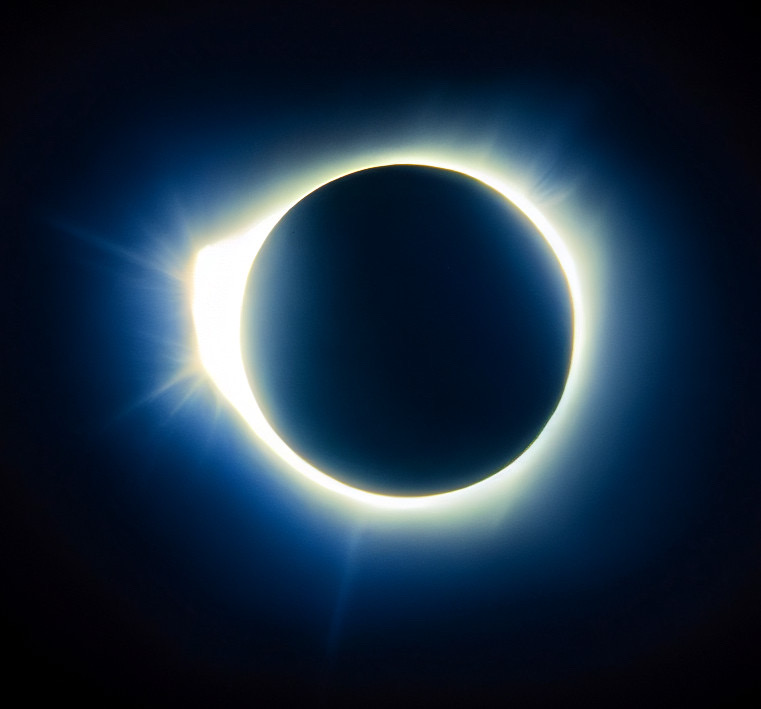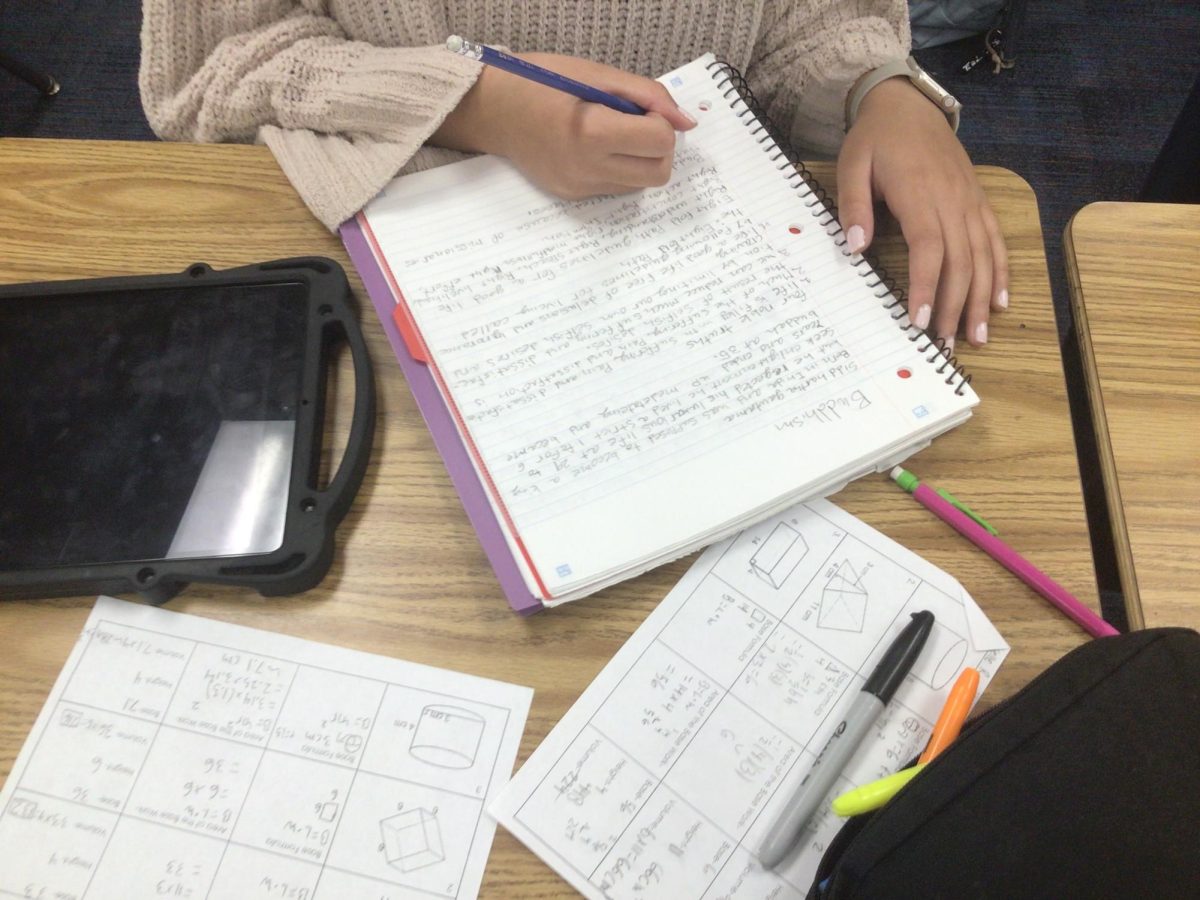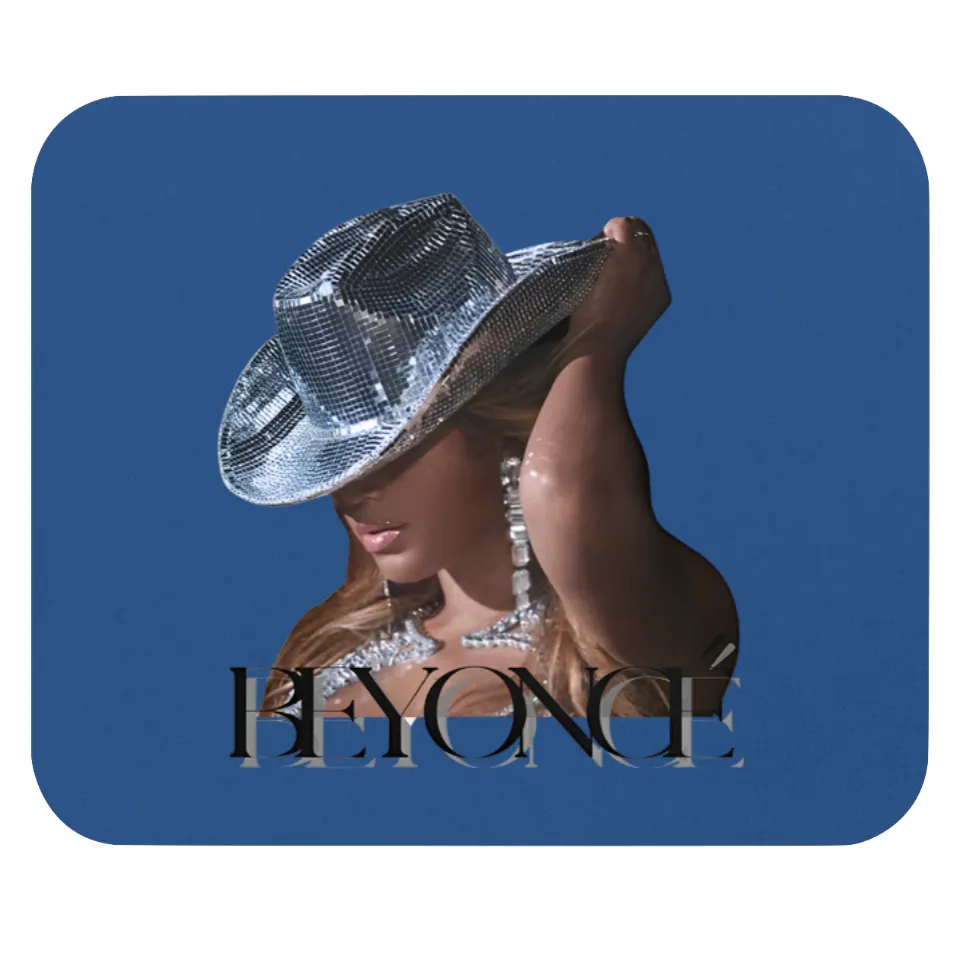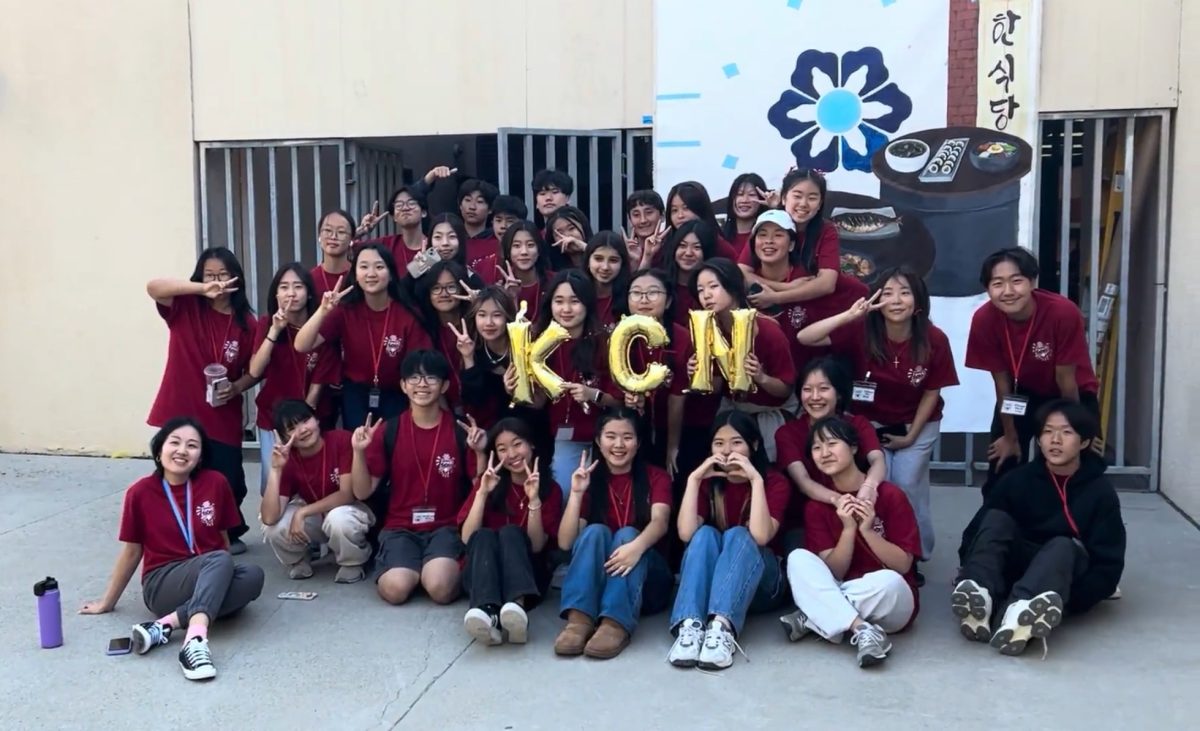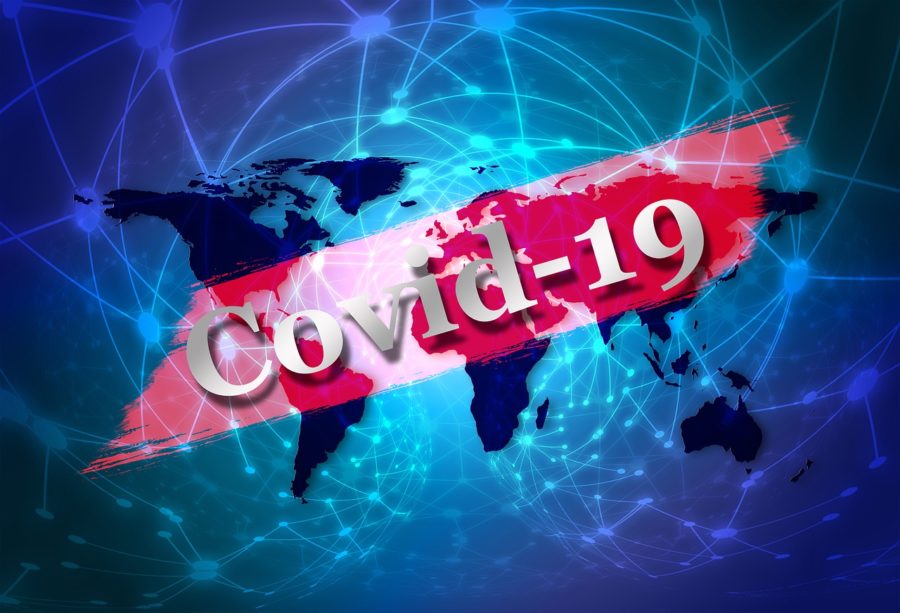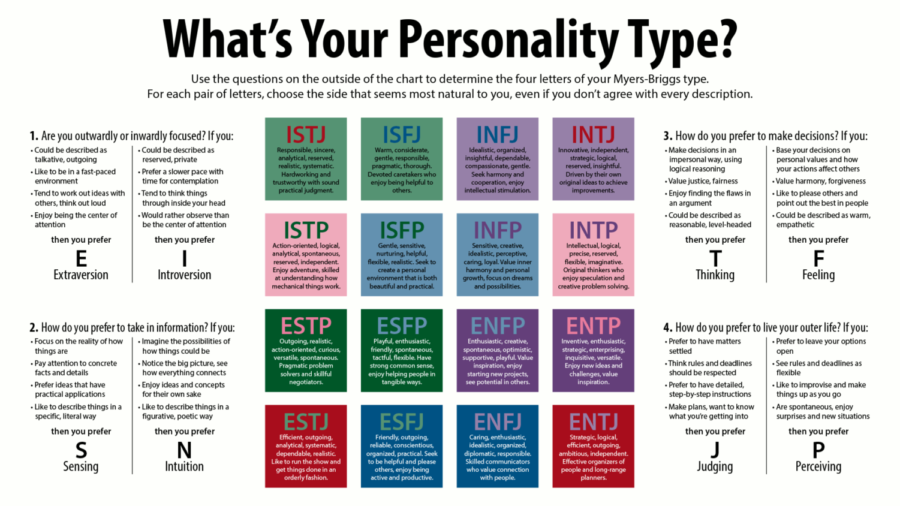On April 8, in Mexico, most of North and Central America, and Canada, many were able to witness a spectacular event: the solar eclipse. (A solar eclipse happens when the moon passes between the sun and Earth, casting the moon’s shadow onto the planet.) Not only was the solar eclipse an already rare and special occasion, but this particular eclipse was able to reach the point of totality in certain regions. Throughout the day, many major news companies covered the eclipse, showing what it looked like around the world, and brought in various scientists for interviews.
Since we won’t see a solar eclipse for another 20 years, some schools in the eclipse’s path had students participate in different activities. For example, a lot of students received eclipse glasses to watch the event outside. Unlike normal sunglasses, these glasses are 1000x darker and filter out almost all of the sun’s visible light. Because staring at an eclipse could cause serious eye damage, teachers and staff made sure to caution kids to not stare into the sky. Other schools in the district had students conduct research on solar eclipses and create posters and displays to celebrate the occasion.
In conclusion, the eclipse was a very rare event that certain parts of the world were lucky enough to witness. For many, it was a perfect opportunity to spend time with family and friends and experience an incredible phenomenon.

